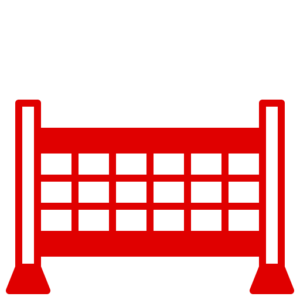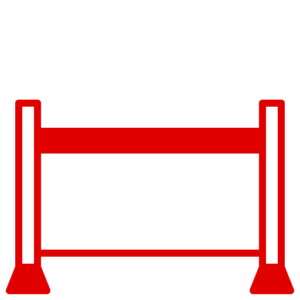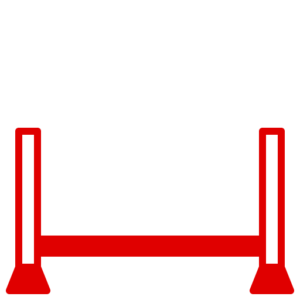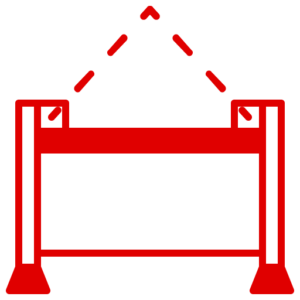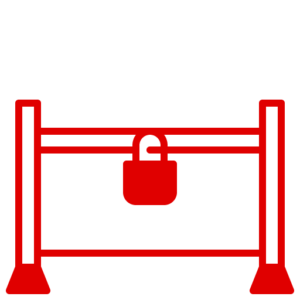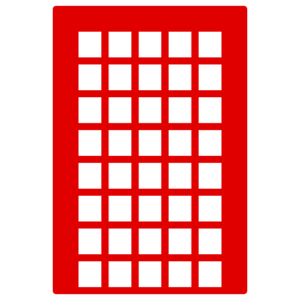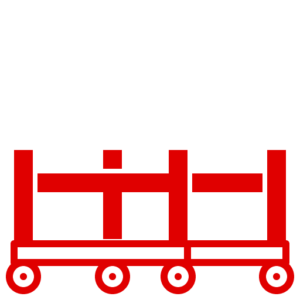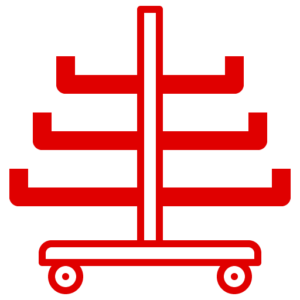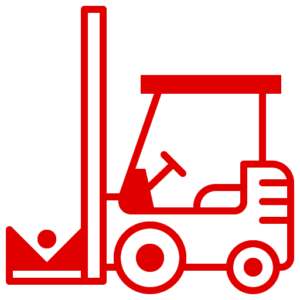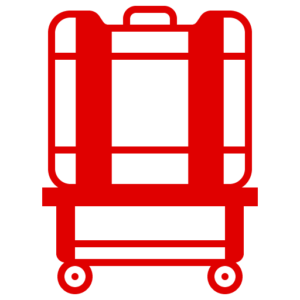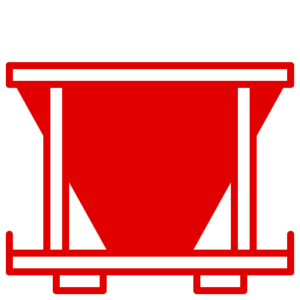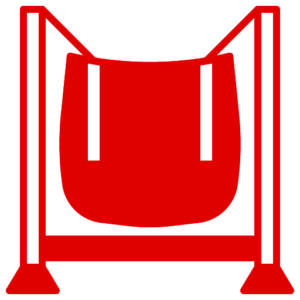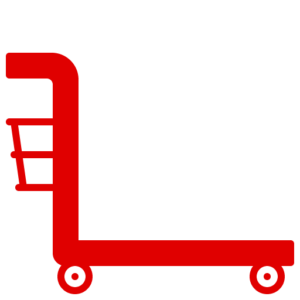News
Secure Stillages During Transportation: A Guide to Compliance with PUWER Regulations
Welcome to the Lowe Stillages & Cages blog! In this post, we will guide you through the steps required to securely transport stillages while complying with the Provision and Use of Work Equipment Regulations (PUWER). Proper securing of stillages during transportation is crucial to prevent accidents, protect the integrity of the cargo, and ensure regulatory compliance. Let’s explore the essential steps to follow for safe and compliant stillage transportation.
- Assess Transportation Requirements: Begin by evaluating the transportation needs for the stillages. Consider factors such as the mode of transport, distance, road conditions, and any industry-specific guidelines or regulations related to stillage transportation. Understanding these requirements will help you determine the appropriate securing methods.
- Select Appropriate Transportation Equipment: Choose transportation equipment that is suitable for safely securing stillages during transit. This may include vehicles equipped with restraints such as straps, chains, or ratchet tie-downs. These restraints are designed to prevent movement or dislodgment during transportation.
- Position and Align Stillages: Place the stillages within the transportation equipment in a stable and aligned manner. Ensure that they are properly positioned and stacked to maintain balance and stability during transportation. This step is crucial for preventing shifting or tipping of the cargo.
- Use Suitable Restraints: Secure the stillages using appropriate restraints or fastening mechanisms. Follow the manufacturer’s recommendations or industry best practices for selecting the type of restraints suitable for the specific stillages being transported. Inspect the restraints for good condition and tighten them properly to prevent any movement or shifting of the cargo.
- Consider Load Distribution: Distribute the load evenly within the transportation equipment. Avoid placing excessive weight on one side or concentrated in a specific area of the vehicle. Proper load distribution helps maintain balance and stability throughout the transportation process, minimising the risk of accidents.
- Training and Instruction: Provide training to employees involved in stillage transportation on proper securing techniques. Educate them on the importance of complying with PUWER regulations, including the use of appropriate restraints and adherence to load capacity limits. Reinforce safe handling practices and emergency procedures to ensure a comprehensive understanding of securement protocols.
- Regular Inspections: Conduct regular inspections of the restraints, stillages, and transportation equipment before and during transportation. Check for signs of wear, damage, or any loose or deteriorated restraints. Address any issues promptly to ensure secure transportation and compliance with PUWER regulations.
- Document Compliance: Maintain detailed records of transportation activities, including the securing methods used, inspections conducted, and any corrective actions taken. Documenting compliance demonstrates your commitment to adhering to PUWER regulations and provides a record of due diligence.
- Continuous Improvement: Regularly review and update transportation procedures based on feedback, incident reports, or changes in regulations. Seek opportunities to improve the securement process and ensure ongoing compliance with PUWER requirements. Continuous improvement ensures the highest level of safety and efficiency in stillage transportation.
By following these steps, employers can securely transport stillages while complying with PUWER regulations. This comprehensive approach helps prevent accidents, minimise the risk of damage to stillages and other equipment, and ensures the safe transport of goods or materials. At Lowe Stillages & Cages, we prioritise safety and compliance, providing you with the guidance and high-quality equipment necessary for secure stillage transportation.

